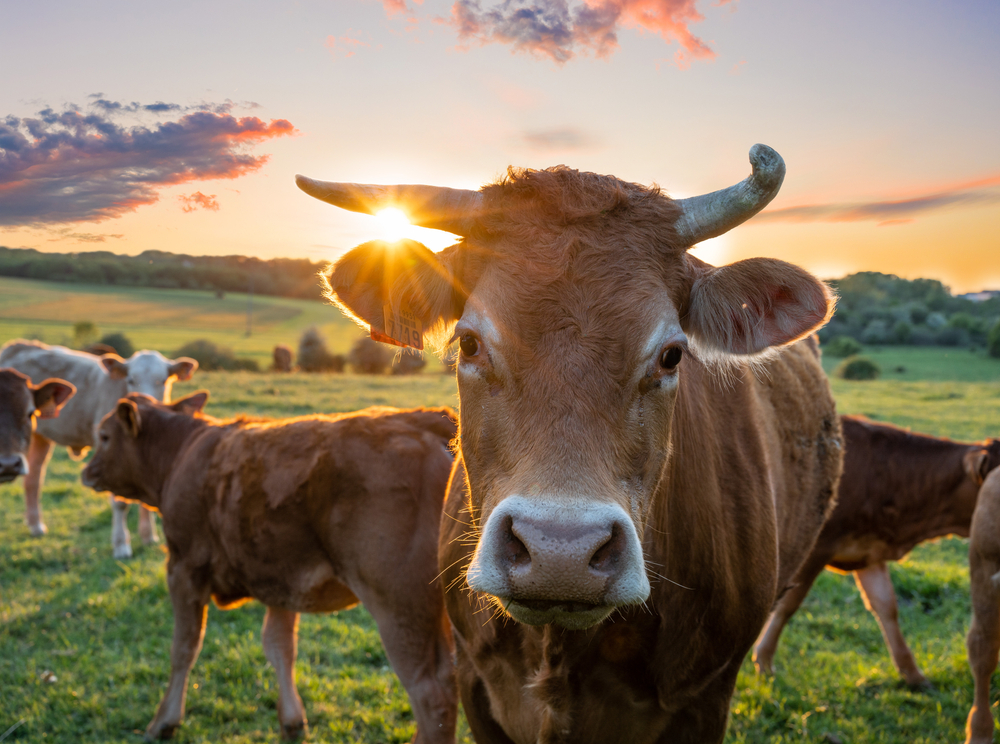
All About Dehorning: Ensuring the Well-being of Your Cattle
Why Dehorning Matters
Dehorning, also known as disbudding, is the process of removing or preventing the growth of horns in cattle and other livestock. While some cattle breeds are naturally polled (hornless), many others have the potential to develop large, sharp horns. There are several compelling reasons why dehorning is a vital procedure for the health and safety of your livestock:

• Safety for Humans and Animals: Horned livestock can pose significant safety risks to both handlers and other animals. Aggressive or frightened animals with horns can injure themselves, other livestock, or humans during handling or transportation.
• Preventing Herd Injuries: Within a herd, horned cattle may engage in aggressive behavior or fights, leading to injuries among members. Dehorning can reduce the risk of such injuries and promote a calmer, more harmonious herd environment.
• Improved Livestock Management: Dehorned cattle are easier to manage and handle, making routine tasks such as feeding, vaccination, and medical care more efficient and safer for both livestock and caretakers.

Dehorning Methods
Dehorning is typically performed when the animal is young, usually within the first few weeks of life. There are various methods for dehorning, each with its advantages and considerations:
- Hot Iron (Cauterization): This method involves using a hot iron to burn the horn bud, preventing it from growing. It is an effective method but requires proper technique to minimize pain and complications.
2. Chemical Paste: A caustic chemical paste can be applied to the horn bud to inhibit horn growth. Care must be taken to avoid contact with the eyes and skin, as the paste is corrosive.
3. Surgical Dehorning: This method involves surgically removing the horn bud. It is often performed under anesthesia and is the most effective way to ensure complete removal of the horn.
4. Horn Tipping: Tipping involves removing just the sharp tip of the horn, leaving a small, rounded stub. While it doesn’t fully eliminate the risk of injury, it can make horns less dangerous.
Your Trusted Partner for Livestock Dehorning: Contact Adobe Veterinary Center Today!
At Adobe Veterinary Center in Tucson, AZ, we prioritize the health and well-being of your livestock. Our experienced veterinarians are well-trained in various dehorning methods, ensuring that the procedure is performed safely and with minimal discomfort for the animals.
If you have any questions about dehorning or would like to schedule a dehorning procedure for your livestock, don’t hesitate to contact us. Your animals’ health and safety are our top priorities, and we are here to assist you every step of the way!








